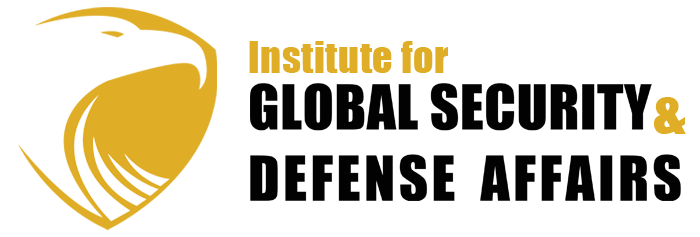Satoshi Ikeuchi, Professor, Religion and Global Security, University of Tokyo
Along with the lure of the economic opportunities China poses to the world, “China Risks” have been long feared, but not well prepared enough or may have been intentionally ignored.
Now, that risk has materialized.
In China, the epicenter of the crisis, as many as 78,497 cases have been counted with 2744 deaths as of February 26, according to Chinese public health authority.
The most hard-hit by the blast of China’s epidemiological explosion is neighboring South Korea, the number of infections quickly reached to 1146 with 11 deaths as of the same day. South Korean President Moon Jae-in raised the alert to the highest level on February 25.
Japan also sustained a heavy blow, counting 147 infection cases including 11 from the passengers disembarked the cruise ship Diamond Princess arrived at Yokohama port. 8 deaths are reported including 4 cases on the cruise ship.
On February 26, Prime Minister Abe announced the countermeasures for the further outbreaks and requested the entire nation to take cautionary actions to reduce the magnitude of the impact. Most feared are the simultaneous outbreaks all over the country in which people rush to hospitals for check and treatment, rather multiplying contagion in medical facilities by infecting each other, and crushing the paralyzing the medical system.
The collapse of the medical system under the heavy pressure of simultaneous mass-infections and entailed panics was what happened in Wuhan, China, causing deaths of those who were deprived of medical care by that collapse. Japanese government’s policy is set to avoid this Wuhan scenario to be reproduced on Japanese soil.
According to most virologists, the COVID-19 itself is not fatal for many. The fatality rate is less than 2%, or far less if exhaustively tested. In most cases, people infected have no symptoms felt or get mildly sick and recover in time. The cruel thing is, it affects aged and vulnerable persons, causing deaths by acute and incurable pneumonia. Japan and South Korea as advanced aged societies, are particularly susceptible to and bear the brunt of this new type of coronavirus.
Japan, along with South Korea are “frontline” countries faced directly with the China Risks and making frantic effort to prevent China’s negative effect to spill over to the world. Countries in the Middle East must prepare for the shock while East Asian frontline countries are absorbing the first wave of the pandemic. But they are only buying time for others. Now China is firmly embedded in the world economy and its negative effect can’t be contained indefinitely.
Eventually, as epidemiologists predict, the human society has to learn to live with this coronavirus as with other innumerable virus and diseases in the past.





